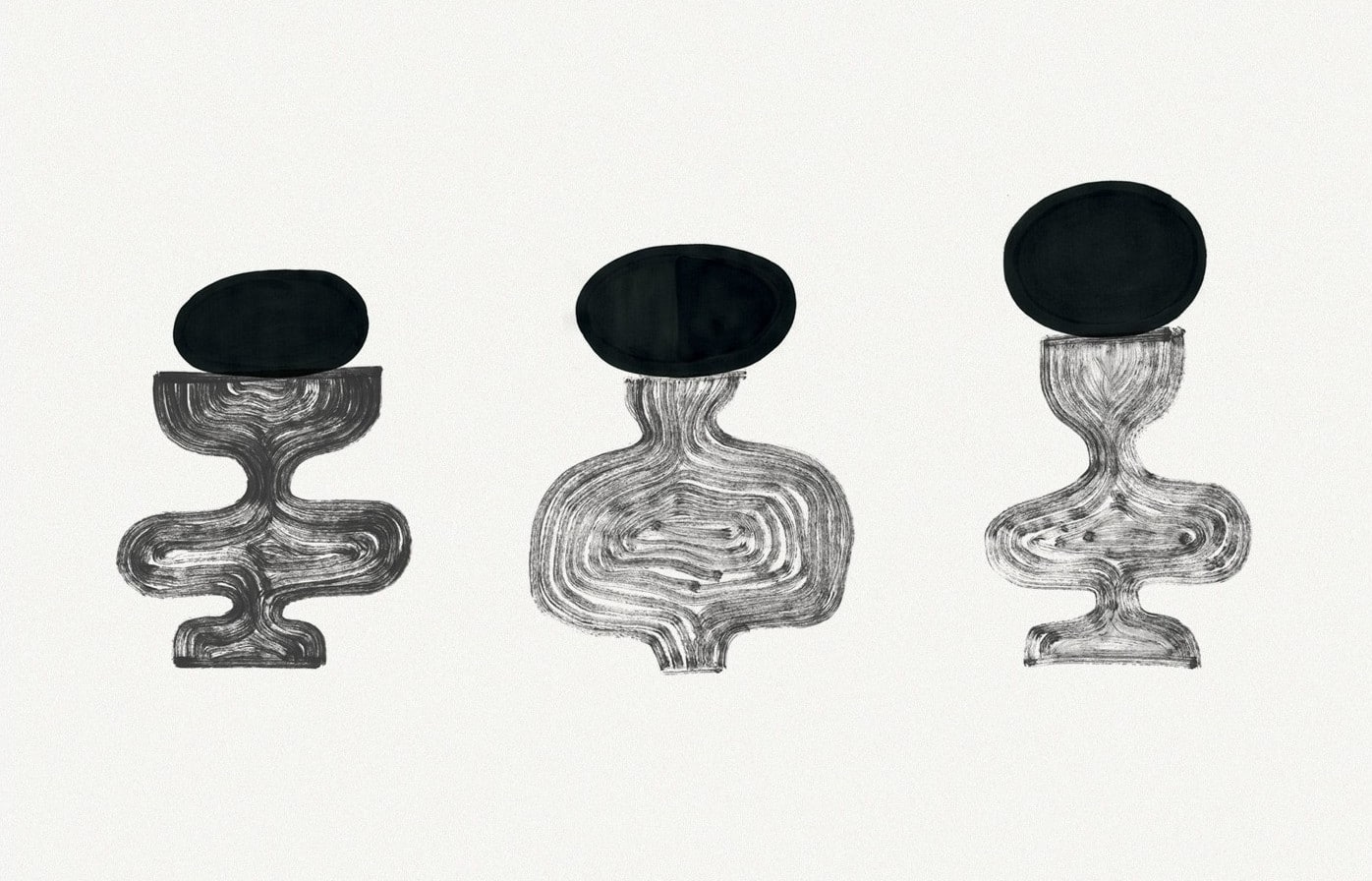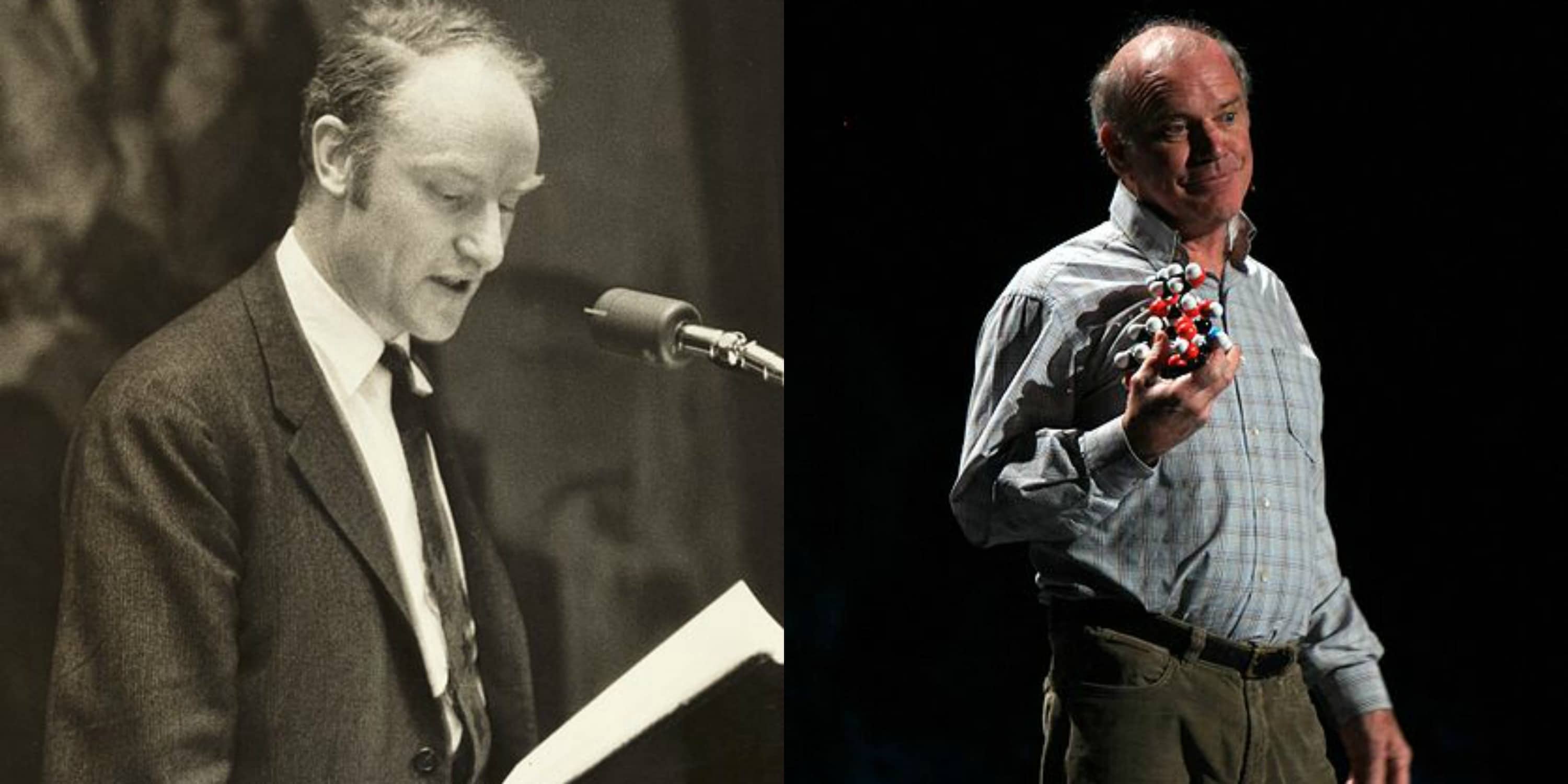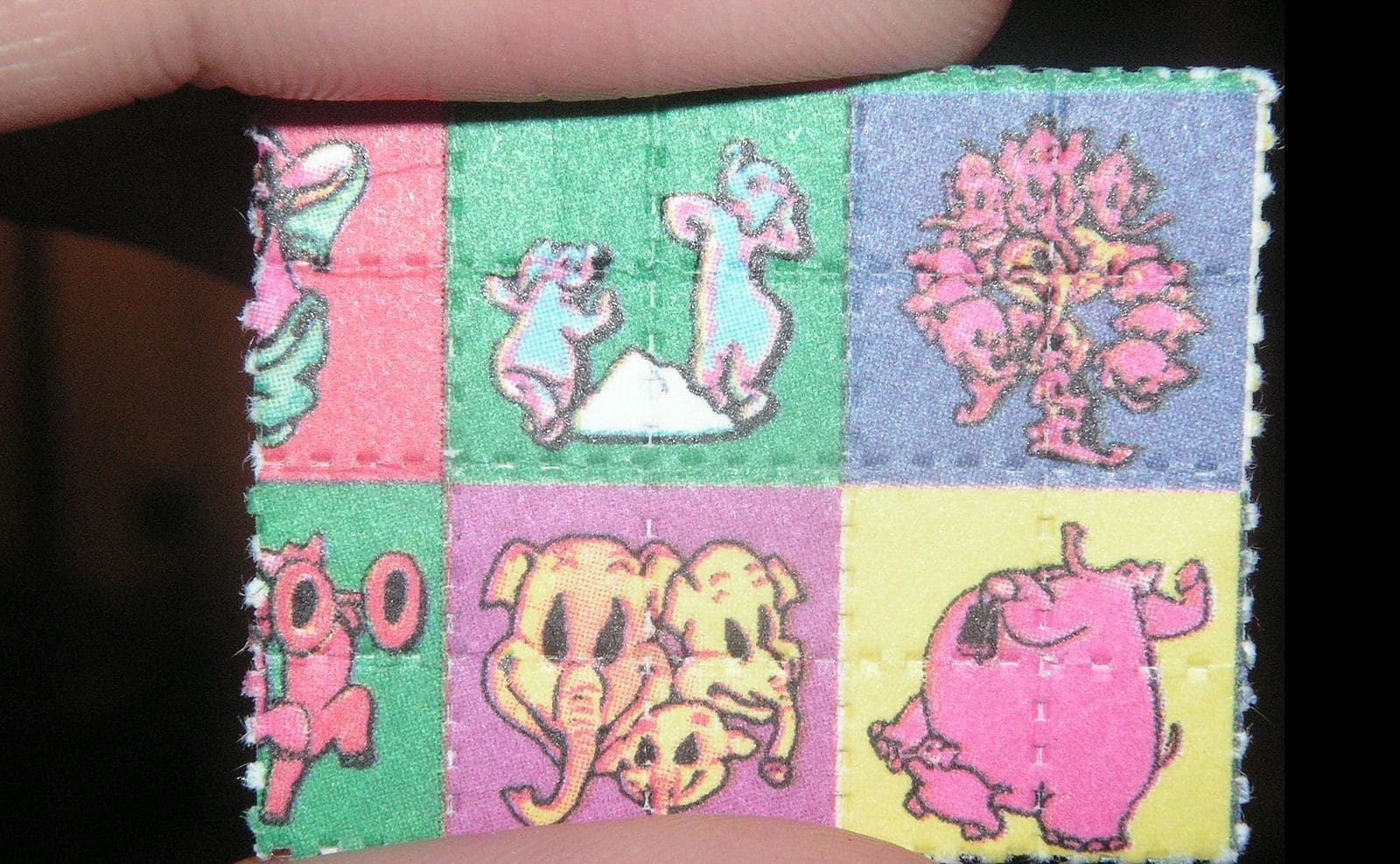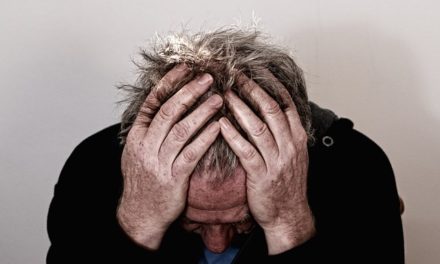“Scary, but comforting, somehow,” my friend told me when I asked him about his recent experience at an ayahuasca retreat. He had traveled to a shaman in northern Peru to face some of his longest-standing inner demons — substance abuse and depression — and had come out of the experience with a greater understanding of himself and his relation to the world, and without the desire to abuse the substances he had grown reliant on. But it didn’t come without its challenges.
This was my first time talking with my friend about his experience, but his words sounded familiar. Most people who seek out psychedelic experiences are looking for “improved insight, personal growth; emotional healing; and contact with a sacred nature,” as one study put it. And many find it. The unique effects of an ayahuasca experience — which my friend described as “hard lessons communicated lovingly” — seem to provide a much-needed antidote to some of the worst illnesses that plague our society today.
The illnesses I’m talking about — depression, anxiety, addiction — are the ones that seem to have exploded alongside the rise of modern society; they’re commonly called illnesses of civilization. Ayahuasca has shown to have a unique ability to treat these ailments, and the reason why seems to lie in the combined effects of ayahuasca’s principal ingredients.
Because the psychedelic brew is made from several ingredients, research into how ayahuasca works is a complicated and ongoing process. While personal accounts and scientific research suggest that ayahuasca has great medicinal benefits, researchers are just starting to untangle the roles that different ingredients play in ayahuasca’s psychospiritual healing properties.
The Ingredients of Ayahuasca
Ayahuasca is brewed from a combination of the Amazonian vine species B. caapi and the leaves of a DMT-containing plant, usually the chacruna shrub or the chagropanga vine. In a traditional ceremony, this is prepared by a shaman and drunk in an overnight ritual that involves the singing of traditional indigenous songs called icaros.
There are two groups of principal active ingredients in ayahuasca: DMT, which comes from either chacruna or chagropanga, and a trio of alkaloids called harmine, harmaline, and tetrahydroharmine, which are found in the B. caapi species. Each ingredient plays a special role in the ayahuasca experience, and while DMT is well-known for its psychedelic effects, research and cultural history both point to the equal importance of the other ingredients.
DMT and the Polygon of Self-Destructive Forces
In an ayahuasca brew, DMT comes from plant leaves, but it’s a well-known fact that DMT is also present in mammals — studies have found DMT present in human blood, brain, and spinal fluid. While it’s still up for debate exactly why DMT is so effective, the key may lie in one particular receptor in DMT called Sigma-1R (or Sig-1R, for short). This receptor is found in high concentrations in the cells of the brain, retina, liver, lung, heart, and immune system, and — this part is key — it’s known to have anti-inflammatory properties.
To understand how this receptor works, it’s helpful to look at the roots of illnesses of civilization like Alzheimer’s, Parkinson’s, cancer, depression, and addiction. These illnesses are all traced to overlapping, inflammatory processes which together form what’s called the “polygon of self-destructive forces.” The location of the Sig-1R receptor within the cell makes it particularly suited to soothe this inflammation, preventing environmental and psychological stress from converting into cellular stress.
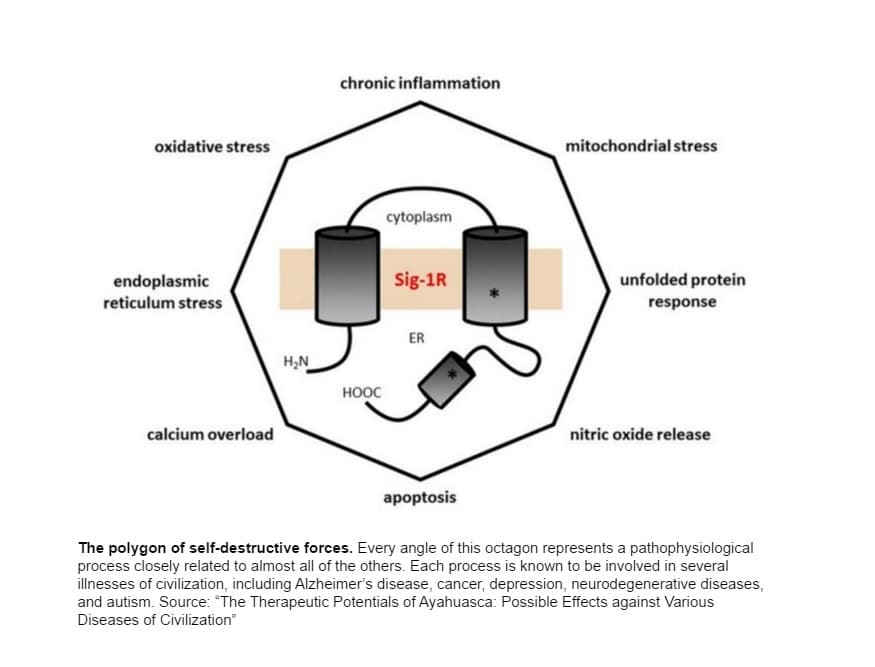
“It seems to us that the ingenuity of the South American people discovered a broad-spectrum remedy, which hits the dead center of the discussed vicious circle of the malfunctioning molecular web involved in oxidative stress.”
Because these effects of DMT are largely physiological and neurological, the research went even further to posit that DMT should be defined as a medicine rather than a drug of abuse: “While DMT is a substance which produces powerful psychedelic experiences, it is better understood not as a hallucinogenic drug of abuse, but rather an agent of significant adaptive mechanisms like neuroprotection, neuroregeneration, and immunity.”
B. Caapi’s Alkaloids and the Near-Death Experience
Besides DMT, there are three alkaloids found in ayahuasca that researchers think play a big part in the psycho-spiritual benefits of ayahuasca. These three β-carboline alkaloids — harmine, harmaline, and tetrahydroharmine — are found in the B. caapi vine, and they’re important because they have antidepressant effects. Tetrahydroharmine, in particular, is known to have effects similar to SSRI medications.
To understand the psychological role that these alkaloids play, it helps to know that ayahuasca activates parts of the brain that play a role in memory, emotion, and vision. Ayahuasca is known to tap into repressed memories and past traumas — people relive their memories and the emotions associated with them as though they were really happening. Understandably, these memories can be terrifying to navigate: my friend described it in Jungian terms, as having to confront his “shadow self” comprised of negative habits and past traumas. Others describe it as classic “ego death” or like having a “near-death experience” where you must face your greatest fears.
So with all these bad feelings, why doesn’t ayahuasca end in a kind of post-traumatic episode where you’re stuck reliving your darkest memories? The key seems to lie in the serotonergic effect of B. caapi’s alkaloids in conjunction with the activated regions of the brain that deal with memory and vision.
While my friend navigated the darkest parts of his psyche on ayahuasca, he also experienced dream-like visions of the planet as an intelligent being and of a Shipibo shaman holding and healing him. This phenomenon isn’t unique to his experience — many people feel as though they are “being held or guided by an intelligent power” that shows them the way. By tapping into this “previously inaccessible, corrective aspect of the emotional pattern,” shown to you by the guiding spirit of ayahuasca, you avoid further traumatization and can clearly see, perhaps for the first time, the steps you need to take to heal.
The Combined Healing of Ayahuasca
While scientists are still trying to understand the alchemical mix that makes ayahuasca such a “broad-spectrum remedy,” there seems to be little doubt that ayahuasca is indeed a powerful plant medicine. Its unique combination of anti-inflammatory and antidepressant effects, alongside its ability to allow people to vividly reprocess their most bundled-up memories, make it an exciting prospect in our search to treat some of the worst illnesses of civilization. My friend’s story here is only one of many testimonies I’ve heard about the power of ayahuasca — if you’re struggling with depression, addiction, or another ailment, it could be your story, too.

